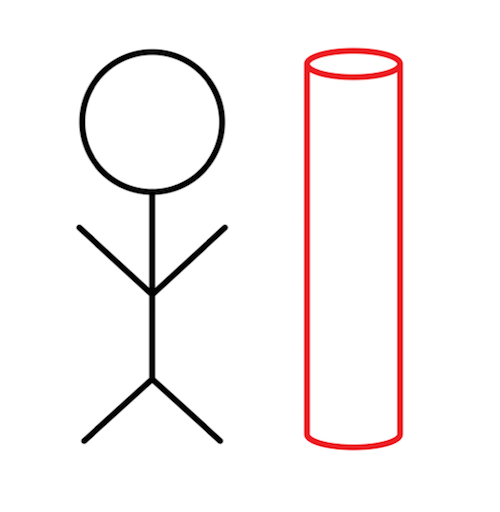MCAT Physics: Everything You Need to Know
/The topics you need to know to ace MCAT physics questions, plus strategies to help you maximize your MCAT Chem/Phys score
Along with MCAT CARS, MCAT physics tends to be the material that intimidates most premed students
(Note: This resource also appears in our MCAT Ultimate Guide.)
----
Part 1: Introduction
Part 2: The MCAT physics content you need to know
Part 3: MCAT physics study strategies
Part 4: MCAT physics practice problems
----
Part 1: Introduction
The MCAT covers many different topics: biology, biochemistry, physics, general chemistry, organic chemistry, critical reading, sociology, and psychology. How can you study for that many subjects at one time? In addition to building a strong MCAT study schedule, you need to follow the age-old wisdom of “study smarter, not harder,” especially when we all know how important it is to achieve a good MCAT score.
How exactly can you study smarter for the MCAT? By understand the topics that are high-yield and focusing your time and energy on these areas to squeeze the most points out of your exam come test day. Conversely, don’t sink your valuable time into topics that are less likely to show up on the exam. Instead, let questions you miss on low-yield topics help focus your content review on what you need to study.
Similar to MCAT organic chemistry, MCAT physics does not show up on the exam as much as biochemistry. Physics will represent somewhere between 20-30 percent of your MCAT Chem/Phys section, which is one of four MCAT sections. Hence, you can expect to see 12 to 18 physics questions (out of 230 total questions) on the entire MCAT—about 5 to 8 percent of the exam.
Given how valuable your study time is, we’ll highlight the highest-yield MCAT physics topics in our physics content guides. In this resource, we provide all of the content you need to know to answer MCAT physics questions, in addition to study strategies that will help you maximize your Chem/Phys score. Let’s get started!
----
Part 2: The MCAT physics content you need to know
Note: Clicking on any of these thumbnails will take you to a comprehensive guide on that topic.
----
Part 3: MCAT physics study strategies
In this section of the guide, we will present three high-yield study strategies you can use to handle MCAT general chemistry questions.
MCAT Physics Tip #1: Know the big formulas and their units.
Like many students, terms such as “work” or “force” ring a bell in your head, but you may not have the formulas on the tip of your tongue. However, just as it is essential on the MCAT to know your amino acids backwards and forwards, “big formulas” like the work or force formulas are no exception.
What do we mean by “big formulas”? We define a big formula for the MCAT as any formula you see on an AAMC practice question, whether it comes from the question packs or one of the five AAMC full-length exams. If a formula shows up on AAMC practice questions, it is fair game for your actual exam. You can also extend this definition to practice questions you take from test prep companies. If it shows up on an exam or practice problem, it is a big formula!
How does this strategy help us? Let’s look at a practice question: “How much work is done when a protein is extended by 5 nm using 50 pN of force?” If we know that the formula for work is work equals force times distance, we can solve this question by simply multiplying 5 nanometers by 50 picoNewtons.
A lot of students tend to panic when asked physics questions in a biologic context. We are much more used to seeing the following question: “How much work is done when a student moves a block 5 meters using 50 N of force?” Remember, the formulas you are using here are the exact same!
MCAT Physics Tip #2: Let the answer choices guide your approach on math problems.
Let’s say the four answer choices for our problem are:
A) 1.50 x 10-18 J
B) 2.50 x 10-19 J
C) 2.55 x 10-20 J
D) 5.50 x 10-21 J
The four answer choices for our problem are now:
A) 1.50 J
B) 2.50 J
C) 2.55 J
D) 5.50 J
Which answer choice is most similar to 250? If you said answer choice B, you would be correct. It does not matter where we place the decimal—anytime we multiply 5 by 50, we will get a number that looks similar to 250, but not 150 (choice A), 255 (choice C), or 550 (choice D). Without even looking at the scientific notation, we were able to determine the correct answer.
Let’s say, however, the answer choices for our problem looked like this:
A) 250 x 10-18 J
B) 250 x 10-19 J
C) 250 x 10-20 J
D) 250 x 10-21 J
MCAT Physics Tip #3: Use the TAID P approach to analyze figures, graphs, and tables.
The TAID P approach stands for title, axes, independent and dependent variables, and patterns. By analyzing these five components of a figure, you are well on your way to understanding the experiment. For example, let’s say you receive the following graph on an MCAT physics passage:
[A] versus time for a first-order reaction.
T (title): What does the title tell us? Importantly, the title tells us that we are looking at a first-order reaction, or a reaction in which the reaction rate only depends on the concentration of a single reactant.
A (axes): The x-axis tracks the time of the reaction in seconds. The y-axis measures the concentration of reactant A in moles/liter, which is also known as molarity.
I/D (independent/dependent variables): Since the x-axis always contains the independent variable, we know that the independent variable in this experiment is time. As such, the y-axis contains the dependent variable, which is the concentration of reactant A in this case.
P (patterns): What happens to the concentration of reactant A as time passes? Over time, the concentration of reactant A decreases according to the graph. Furthermore, we see that the concentration of reactant A appears to decrease more quickly at the beginning and less quickly as time passes. For example, compare the drop in [A] between 0 and 5 seconds and between 15 and 20 seconds. The rate at which [A] decreases slows over time.
You should aim to identify the TAID P elements for any given figure within 15-20 seconds. The goal is to understand the big picture without getting lost in the small details. If you find yourself spending more than 15-20 seconds, finish your current thought and move on.
You shouldn’t spend too much time on any given figure during your first reading of the passage because there may not even be a question on that figure! For example, if an MCAT chemistry passage has two figures and a table, the test writers may only ask a question about the table, meaning you didn’t even need to understand the figures in the first place.
Importantly, however, after you finish taking a passage, you should apply the TAID P method to all figures that you encountered, even if the passage didn’t ask a question on them. By doing this, you will become quicker and more confident at analyzing many types of figures. Over time, there will be very little that the test writers can give you that you haven’t seen before!
MCAT Physics Tip #4. Use the units to your advantage.
Let’s say you receive an MCAT problem asking you to obtain power, and you know two values: speed and force. At first glance and after checking MCAT physics tip #1, you can’t think of a formula that relates these terms. Many students would panic, but now is the time for MCAT physics tip #4 to kick in.
Let’s break down the units that we do have. Power is equal to Work/time, and the units are Joules/second. We know that the equation for Work is Force*distance, and force is represented by Newtons while distance is represented by meters. So, let’s replace Joules with Newtons * meters as shown below.
Equation Units
P = Work / time P = Joules / seconds
Work = Force * distance W = Newtons * meters
P = (Force * distance) / time P = (Newtons * meters) / seconds
Using MCAT physics tip #4, we were able to relate the units of speed (meters/second) with force (Newtons) in the power equation. We are now well on our way to solving our problem!
MCAT Physics Tip #5. Use formulas to show you relationships that help answer non-math questions.
Let’s look at the following equation:
At which of the following locations in the body is hydrostatic pressure the greatest if a student is standing up?
A) Feet
B) Knees
C) Hands
D) Head
Using MCAT physics tip #1, we should recall the formula for hydrostatic pressure. Even though no numbers are used in this problem, we can use the formula to our advantage.
Hydrostatic pressure is the pressure in a given liquid at a certain depth. The formula is P = density * gravity * depth/height, or P = dgh. D is often notated by rho, or a tilted p. How does this equation relate back to our situation? Let’s think of the student as a container of blood with the student’s head being the top of this container and the student’s feet being the bottom of this container.
Now, back to our formula P = dgh. Since the fluid density and gravity will be the same in this student’s case, the only variable we can alter is depth. If we define the top of the container as height 0, where is the deepest part of the container? Is the container deepest where it corresponds to the student’s head, hands, knees, or feet? If you said feet, then you are correct! Pressure (P) and depth (h) are directly proportional according to our formula. So, when depth is the greatest, pressure will also be the greatest and you will choose “feet” as your answer.
The two main variable relationships you should be familiar with are directly proportional and inversely proportional. A direct relationship means that one variable will increase with the other and looks like this: x = y. When y increases, so must x. A inverse relationship means that if one variable increases, the other must decreases. You might draw it like this: x = 1/y. When y increases, x decreases.
----
Part 4: MCAT physics practice problems
1. Which of the following best describes the second law of thermodynamics?
A) Objects in motion tend to stay in motion
B) Energy cannot be created or destroyed
C) Entropy increases over time
D) The entropy of a perfect crystal at absolute zero is equal to zero
2. Which of the following is the equation given by Newton’s second law?
A) PE = mgh
B) F = ma
C) PV = nRT
D) V = IR
3. A students states that thermodynamic products are more energetically stable than kinetic products. Is this statement correct?
A) No; kinetic products form much more quickly than thermodynamic products.
B) No; kinetic products sample more conformations due to their speed and can therefore arrive at a lower energy state.
C) Yes; thermodynamic products form more slowly but achieve a greater level of stability.
D) Yes; thermodynamic products require a lower temperature to find a stable form.
4. A researcher plots pressure versus volume for an interesting chemical reaction. The area under the curve of this plot best represents:
A) Temperature increased
B) Work done
C) Bond dissociation energy
D) Heat of fusion
5. Two solid objects at different initial temperatures are brought into contact with one another and achieve thermal equilibrium. The process that produces this form of heat transfer is:
A) Conduction
B) Convection
C) Radiation
D) Production
Answers and Explanations to MCAT Physics Practice Problems
1. The correct answer is C. The second law of thermodynamics discusses entropy and states that entropy increases over time unless there are restrictive forces (choice C is correct). Choice A is Newton’s first law. Choice B describes the law of conservation of energy. Choice D describes the third law of thermodynamics.
2. The correct answer is B. Newton’s second law states that force is equal to mass multiple by acceleration (choice B is correct). PE = mgh is the equation for gravitational potential energy (choice A is incorrect). PV = nRT is the ideal gas law (choice C is incorrect). V = IR is Ohm’s Law for circuits (choice D is incorrect).
3. The correct answer is C. The statement made by the student is true: thermodynamic products are more energetically stable than kinetic products (choices A and B are incorrect). Thermodynamic products form more slowly, but they are more stable and achieve a lower energy state (choice C is correct). Thermodynamic products actually require a higher energy to find a stable form because they often have a greater activation energy needed in order to form the lower energy state. As a result, they require a higher temperature. A lower temperature will favor the kinetic products (choice D is incorrect).
4. The correct answer is B. The area under a pressure versus volume curve (PV curve) is equal to the work done (choice B is correct; choices A, C, and D are incorrect).
5. The correct answer is A. Conduction occurs when two solids are brought into contact with one another and transfer heat (choice A is correct). Convection occurs when a fluid flows over another object and produces a transfer of heat (choice B is incorrect). Radiation occurs when electromagnetic waves transfer heat between two objects that are not touching (choice C is incorrect). Production is not a commonly used form of heat transfer (choice D is incorrect).









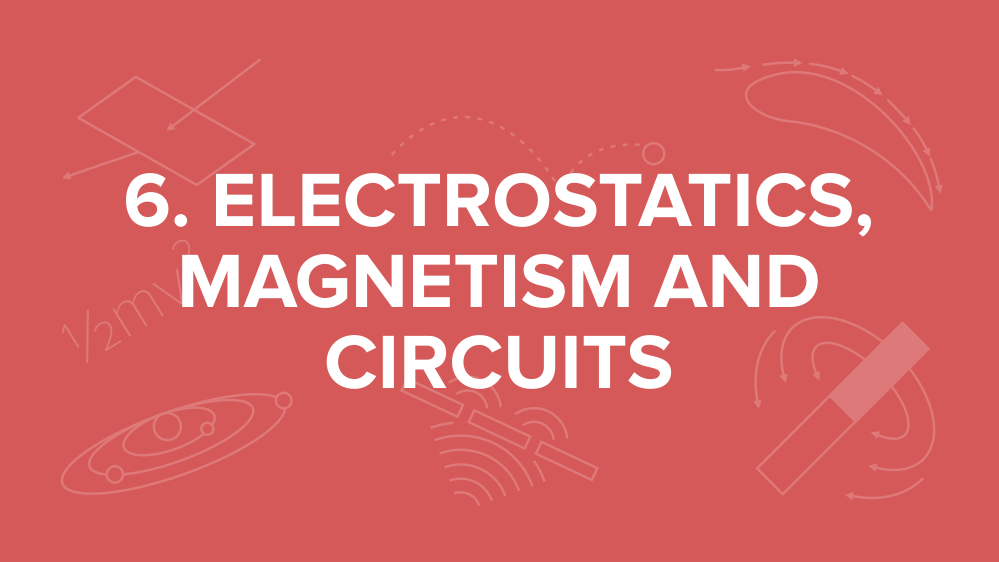
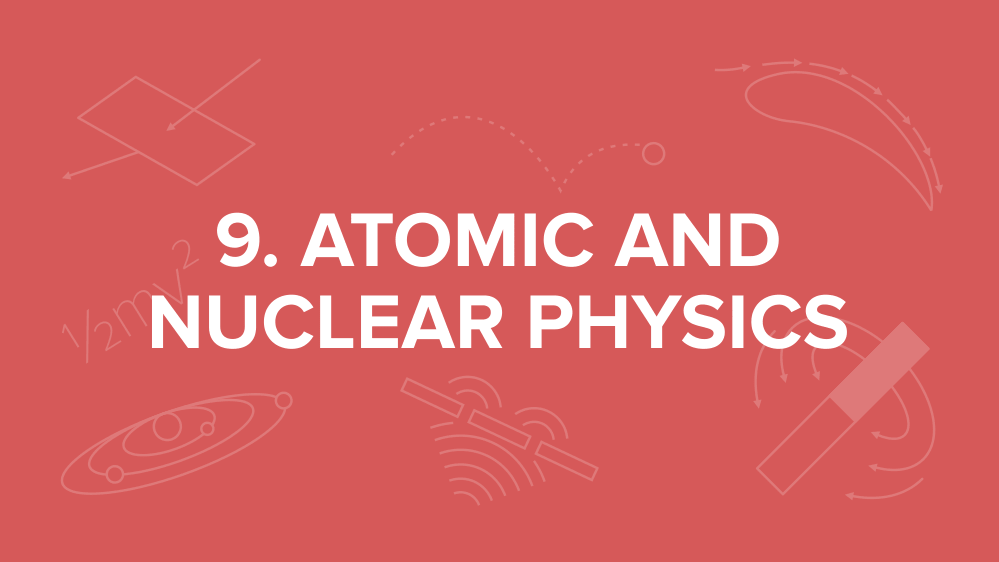
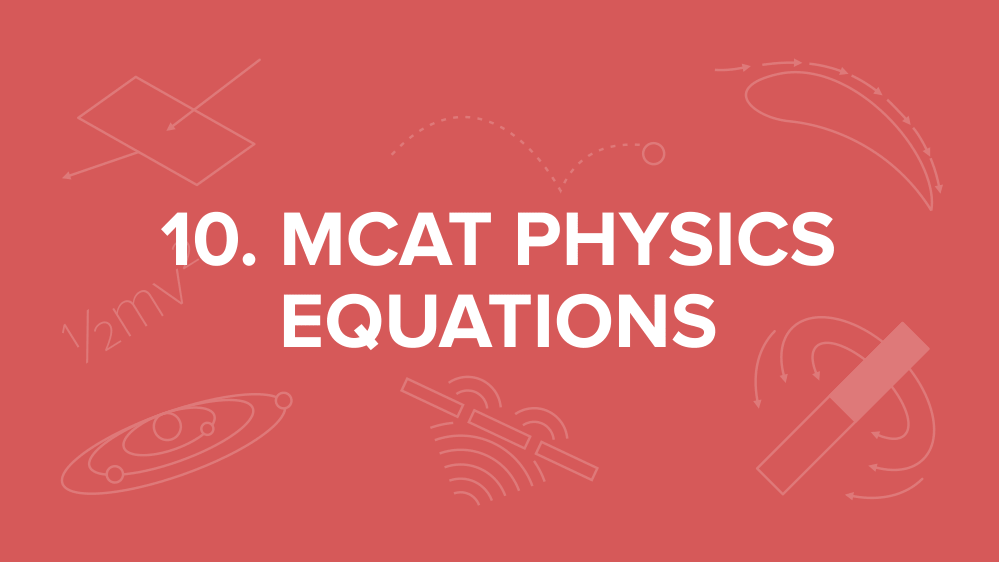
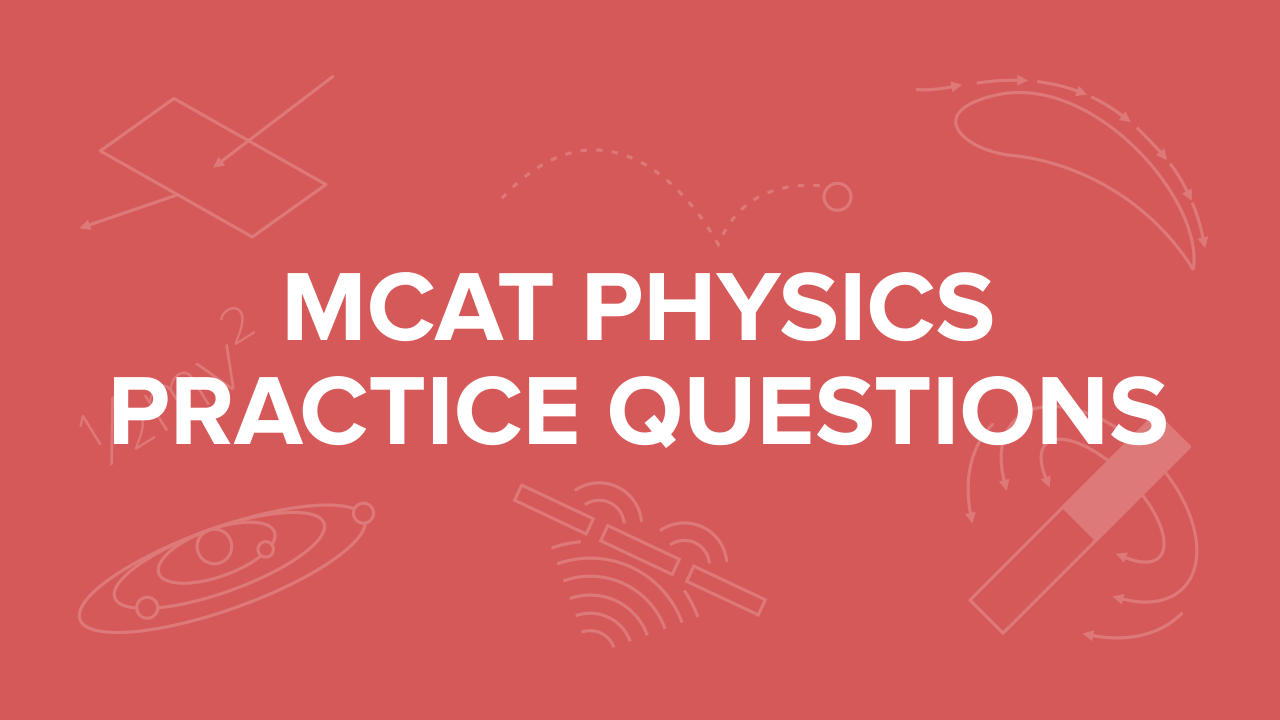
![[A] versus time for a first-order reaction.](https://images.squarespace-cdn.com/content/v1/5269fbd3e4b0eb2b76ccc1db/1597350989802-SJMOTCPCE7NAW5YU081Z/first-order-reaction-mcat-physics.png)
